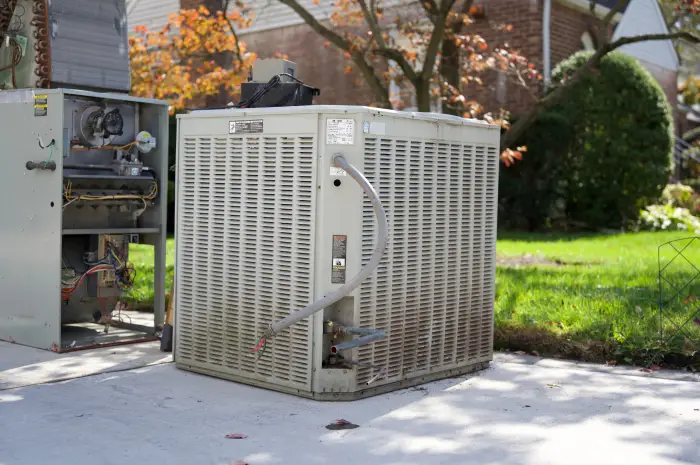Net metering, also known as net energy metering (NEM), is a billing arrangement that allows homeowners with solar panels to receive credit for the excess electricity they produce. When your solar panels generate more power than your home needs, the extra energy is sent back to the grid. In return, your utility company gives you credits that can offset the cost of electricity you use when your panels aren’t producing, like at night or on cloudy days.
In simple terms, solar net metering lets you store your extra power on the grid and draw it back when needed without the need for an expensive battery system.
How Does Net Metering Work?
Here’s a step-by-step breakdown:
- During the Day: Your solar panels produce electricity, often more than your home consumes. That surplus energy is fed into the power grid.
- Utility Credits: Your electric meter tracks how much excess power you’ve sent to the grid. The utility company gives you a credit for each kilowatt-hour (kWh) of excess electricity.
- At Night or On Cloudy Days: When your panels aren’t producing enough power, your home draws electricity from the grid. The credits you earned during the day can be used to cover this usage.
- Monthly or Annual Reconciliation: Most utility companies calculate the difference between the energy you used and the energy you produced. You either pay for the net usage or carry a credit forward.
Benefits of Net Energy Metering
- Maximized Savings: Net metering helps you get the most financial benefit from your solar panels.
- Faster Payback Period: Because you’re earning credits, your investment in solar pays off sooner.
- No Need for Batteries: You can rely on the grid instead of paying extra for solar storage.
- Increased Home Value: Homes with solar, especially with favorable net metering agreements, tend to appraise higher.
State-by-State Net Metering Policies
If you live in one of the states Attyx serves, here’s what you should know:
- Hawaii: Net metering was phased out, but new programs like Smart Export still allow for credits under certain conditions.
- South Carolina: Net metering is available through major utilities with 1:1 crediting in many cases.
- North Carolina: Offers net metering for solar customers, but new rate structures are being introduced so it’s key to act sooner rather than later.
- New York: One of the most solar-friendly states, offering robust net metering programs and incentives through NYSERDA.
- Virginia: Net metering is active for residential systems up to a certain size, and customers receive full retail credit for energy sent back to the grid.
At Attyx, we stay up to date on each state’s policies and help you navigate the specifics so you get the most from your system.
Things To Consider
When evaluating a solar system, be sure to ask your installer:
- What is net metering policy under my utility provider?
- What is the credit rate for excess energy?
- How are credits applied—monthly or annually?
- Are there any fees or limitations on exporting energy?
Understanding your utility’s approach to net energy metering can help you build an accurate savings forecast and make the smartest solar investment for your home.
Go Solar with Confidence—Go Solar with Attyx
Still wondering what is net metering and how it affects your solar decision? You’re not alone. Our team is here to walk you through it, every step of the way. From helping you understand your utility’s policies to designing a system that maximizes your credits, we make solar simple, affordable, and effective.
Contact Attyx today to schedule your free solar consultation and see how much you could save with solar and net metering.





